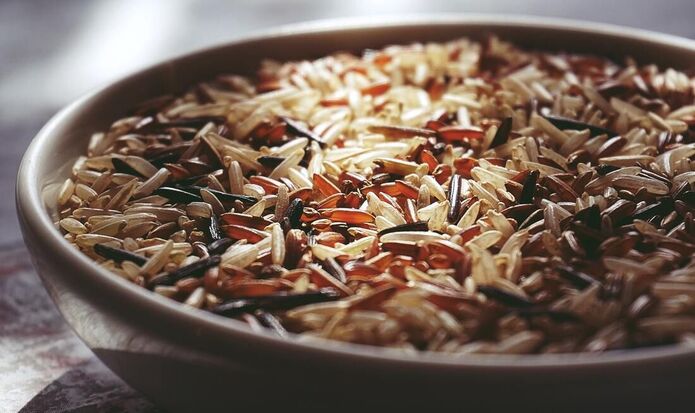Feeding the Fight Against Eczema: How Fiber Strengthens the Skin
Itchy skin is never fun. With a condition like atopic dermatitis (AD) — also known as eczema — this irritation can be constant. It typically first appears in children and may last well into adulthood. AD goes beyond simply having dry skin. Similar to allergies, the condition can flare up when certain triggers make the immune system go into overdrive. This happens because AD is linked with sensitive skin, which has a harder time defending itself against bacteria, allergens, and other irritants. As a result, the skin becomes inflamed, or swollen, and often appears like a rash.
Luckily, there may be a way to reduce children’s risk of AD through a simple lifestyle change. A 2022 study found that eating a high-fiber diet may be able to strengthen the skin’s protection against allergens and harmful bacteria. This new development can help prevent the development of AD and other allergic conditions, especially in kids as they grow up.
Dietary fiber is the tough part of plants that the body cannot fully digest. Although the body generally does not digest fiber, the bacteria living in your gut can partially break it down. This process, known as fermentation, turns fiber into short-chain fatty acids (SCFAs), which reduce inflammation throughout the body. As reported in the study, SCFAs help to keep the level of inflammatory cells in the skin low, leaving more room for other cells, such as keratinocytes, also known as keratin. These are helpful cells that produce keratin, which is the sturdy protein that also makes up hair and nails.
Think of the skin as a wall, defending what is inside the body. If an unfamiliar particle gets through this wall, the immune system tracks it down and destroys it before it does any damage. If this intruder comes in often, the immune system gets better at identifying and unleashing its defenses against it. This process of recognizing and destroying specific substances is known as an allergic reaction. A weak wall allows more harmful particles into the body. As a result, the individual is more susceptible to allergic responses, such as AD. Since keratin strengthens the skin’s barrier protection to keep harmful particles out of the body, having more keratinocytes in the skin can prevent this process. Eating diets high in fiber may be an easy way to encourage the development of these cells.
Luckily, there may be a way to reduce children’s risk of AD through a simple lifestyle change. A 2022 study found that eating a high-fiber diet may be able to strengthen the skin’s protection against allergens and harmful bacteria. This new development can help prevent the development of AD and other allergic conditions, especially in kids as they grow up.
Dietary fiber is the tough part of plants that the body cannot fully digest. Although the body generally does not digest fiber, the bacteria living in your gut can partially break it down. This process, known as fermentation, turns fiber into short-chain fatty acids (SCFAs), which reduce inflammation throughout the body. As reported in the study, SCFAs help to keep the level of inflammatory cells in the skin low, leaving more room for other cells, such as keratinocytes, also known as keratin. These are helpful cells that produce keratin, which is the sturdy protein that also makes up hair and nails.
Think of the skin as a wall, defending what is inside the body. If an unfamiliar particle gets through this wall, the immune system tracks it down and destroys it before it does any damage. If this intruder comes in often, the immune system gets better at identifying and unleashing its defenses against it. This process of recognizing and destroying specific substances is known as an allergic reaction. A weak wall allows more harmful particles into the body. As a result, the individual is more susceptible to allergic responses, such as AD. Since keratin strengthens the skin’s barrier protection to keep harmful particles out of the body, having more keratinocytes in the skin can prevent this process. Eating diets high in fiber may be an easy way to encourage the development of these cells.
Image Source: Suzy Hazelwood
In recent years, there has been an increase in unhealthy diets in our society, especially in children. As part of a “westernized lifestyle,” more kids are eating less fiber. This shift has been linked to a rise in health problems, notably an increase in atopic dermatitis and allergies. Fortunately, there are steps that can be taken to reduce the risk of AD, as this study has shown. Good sources of dietary fiber include whole grains, legumes, and raw fruits and vegetables. Since the condition usually develops early on, the effects of a high-fiber diet on AD are most notable in children, but maintaining healthy dietary practices has benefits for all ages.
Featured Image Source: Andrea Piacquadio
RELATED ARTICLES
|
Vertical Divider
|
Vertical Divider
|
Vertical Divider
|






